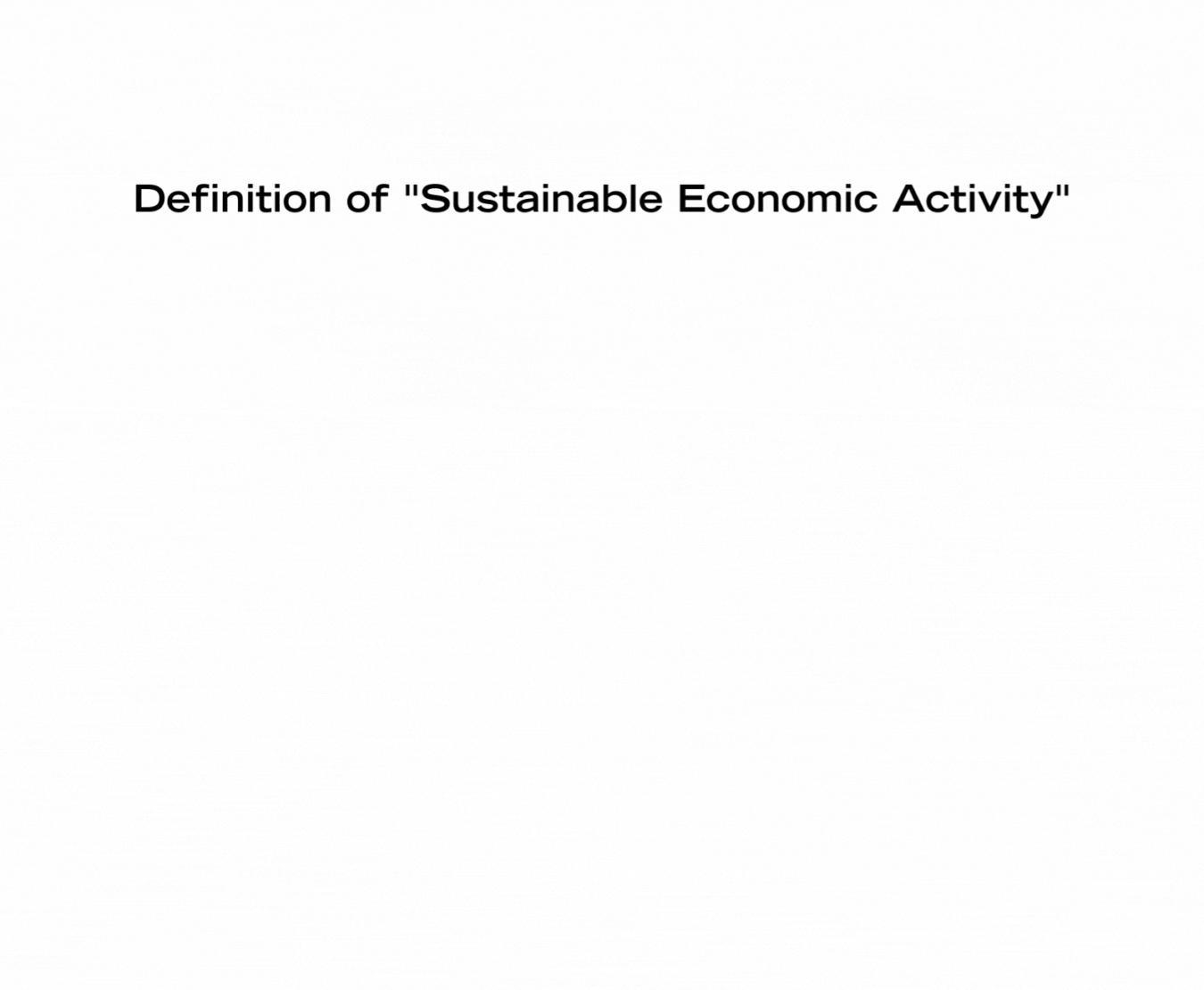Building a more sustainable future for Asia? What the ASEAN Taxonomy for Sustainable Finance means for policy makers, international investors and business leaders
Building a more sustainable future for Asia? What the ASEAN Taxonomy for Sustainable Finance means for policy makers, international investors and business leaders
By SMU City Perspectives team
Published 31 January, 2023
We need to define sustainable economic activities based on their contribution to sustainability objectives. This is where taxonomies can play an important role, since they provide more clarity.
Stefanie Schacherer
Assistant Professor of Law
In brief
- The ASEAN Taxonomy for Sustainable Finance aims to provide clarity and guidance to ASEAN Member States, stakeholders in the financial markets, businesses and investors.
- ASEAN Member States can use the taxonomy as a starting point to assess their current sustainable finance policies and frameworks, before enacting financial regulations that are matched to their country’s economies.
- The ASEAN Taxonomy offers a classification system for assessing an economic activity’s level of sustainability. By implementing these shared standards across the region, ASEAN promotes sustainable finance and supports the transition to a low carbon economy.
As the climate crisis continues to escalate, more investment needs to be channelled towards climate change adaptation and mitigation. Despite the emergence of Environmental, Social and Governance (ESG) frameworks, many on the ground remain uncertain about what the term entails and what defines a ‘sustainable’ economic activity. To provide the clarity needed, the Association of Southeast Asian Nations (ASEAN) has developed the ASEAN Taxonomy for Sustainable Finance (ASEAN Taxonomy) in a bid to help governments, businesses and financial market participants in the region to accelerate the transition to a low carbon economy.
The key goal is to offer direction to all ten ASEAN Member States (AMS), who will then need to enact more specific regulations. As a ‘soft law strategy’, the taxonomy serves as a source of inspiration and guidance rather than a collection of rules. So, what does this mean for business leaders and policymakers of the AMS? Stefanie Schacherer, Assistant Professor of Law shared her thoughts at the Conference on Sustainable Banking and Financial Regulation in Asia: Principles, Practice and Innovation on 31 August 2022.
About the ASEAN taxonomy for sustainable finance
The ASEAN Taxonomy Board (ATB) unveiled the first iteration of the ASEAN Taxonomy during the 2021 Conference of the Parties to the United Nations Framework Convention on Climate Change (COP26), with its second iteration on the way. Its purpose is to provide clarity and guidance to ASEAN governments, businesses and investors in the designing and implementation of sustainable development strategies. The ASEAN Taxonomy provides a multi-tiered approach to cater to the diversity of ASEAN Member States with two main elements, the Foundation Framework and the Plus Standard.
Asst Prof Schacherer explains that the principles-based Foundation Framework offers a broad definition for what constitutes a sustainable economic activity, while the Plus Standard framework offers sector-specific screening standards for AMS who wish to go further in their regulation such as by adopting “technical screening criteria”. The latter would typically include precise performance requirements (such as carbon emission thresholds) for an economic activity in order to ascertain whether it 1) significantly advances a particular environmental objective and 2) does not adversely affect any other environmental objectives.
Some features include:
- Four environmental objectives and two fundamental standards for evaluating the sustainability ‘level’ of an economic activity
- A sector-neutral decision tree to assist users of the ASEAN Taxonomy in categorising economic activities, under the Foundation Framework
- A list of the priority industries that will first be covered, under the Plus Standard
- The "stacked approach" that will be used in the Plus Standard, allowing for multiple thresholds per activity due to the different starting points of each AMS
The taxonomy also aims to prevent fragmented approaches across AMS. Asst Prof Schacherer shares that “this point is particularly important since, across the ten AMS, there are a variety of systems and policies on sustainable finance.” Indonesia and Malaysia already have a taxonomy in place, while Singapore and Thailand are moving to establish one in the near future. Meanwhile, the Philippines and Vietnam are just starting to establish sustainable finance regulation while countries like Myanmar, Brunei, Lao PDR and Cambodia continue to lag behind. She explains that by establishing and implementing a taxonomy that is interoperable within the region, ASEAN’s capacity and “voice” in the global debate on regulating sustainable finance can be strengthened.
What does a ‘sustainable economic activity’ entail?
So, how does the ASEAN Taxonomy define sustainable economic activity? A business activity must accomplish at least one of these four environmental objectives: 1) climate change mitigation, 2) climate change adaptation, 3) protection of healthy ecosystems and 4) resource resilience and circular economy while also not doing any significant harm to the environment. In the event that some harm is done, remedial measures should be put in place. On top of this, the business activity must not compromise any of the other objectives specified in the ASEAN Taxonomy.

Following this, the ASEAN Taxonomy uses the ‘traffic light approach’ to colour code economic activities based on their level of sustainability.
Asst Prof Schacherer on the challenges of implementing the ASEAN Taxonomy for Sustainable Finance, and her hopes for the region
The ASEAN Taxonomy Board has started work on Version 2 of the ASEAN Taxonomy, and is in the midst of a long process that involves public consultation, written feedback, roundtable discussions and interviews. Nevertheless, business leaders and policymakers can still refer to Version 1 for guidance and use it as a jump-off point as they design their own sustainable development strategies.
Methodology & References
- ASEAN Sectoral Bodies Release ASEAN Taxonomy for Sustainable Finance – Version 1. (2021). Retrieved 30 September 2022, from https://asean.org/asean-sectoral-bodies-release-asean-taxonomy-for-sustainable-finance-version-1/
- ASEAN Taxonomy for Sustainable Finance. (2021). Retrieved 11 October 2022, from https://asean.org/book/asean-taxonomy-for-sustainable-finance/

